What is a 'Stub and Slip'?
Stub and slip shafts, splined stubs, splined sleeves, splined yokes, etc.
Alex
Last Update 2 maanden geleden
What is a stub and slip driveshaft?
A "stub and slip" driveshaft typically refers to a type of driveshaft assembly that incorporates both stub shafts and slip yokes or slip joints. Here's what each component refers to:
- Stub Shaft: The main purpose of a stub shaft is to transmit torque from the differential or transaxle to the wheel hub or drive flange. This allows the wheels to rotate and propel the vehicle forward or backward.
Stub shafts are usually splined, which means they have grooves or ridges along their surface that match with corresponding grooves in the wheel hub or drive flange. This spline connection ensures a secure and strong attachment between the two components, allowing for efficient torque transfer. - Splined Yoke/Splined Sleeve: A splined yoke and splined sleeve are two separate components that work together to connect and transmit torque between two shafts in a rotational system.
A splined yoke is a mechanical component that typically has a cylindrical shape with external or internal splines machined into it. The splines are ridges or grooves that run along the length of the yoke. Yokes with internal splines are designed to fit splined shafts while yokes with external splines are designed to be used with splined sleeves.
A splined sleeve is a cylindrical component with internal splines machined into it. The splines on the sleeve interlock with the splines on the yoke, allowing the two components to fit together and transmit torque.
When the splined yoke and splined sleeve are fitted together, the interlocking splines create a strong and secure connection between the two parts. The splined yokes and splined sleeves are commonly used in various applications, such as automotive driveshafts, industrial machinery, or agricultural equipment.
This type of configuration ensures smooth and efficient power transmission from the transmission or transfer case to the differential while allowing for the necessary flexibility to accommodate the dynamic movements of the vehicle's drivetrain and suspension system.
Examples:
